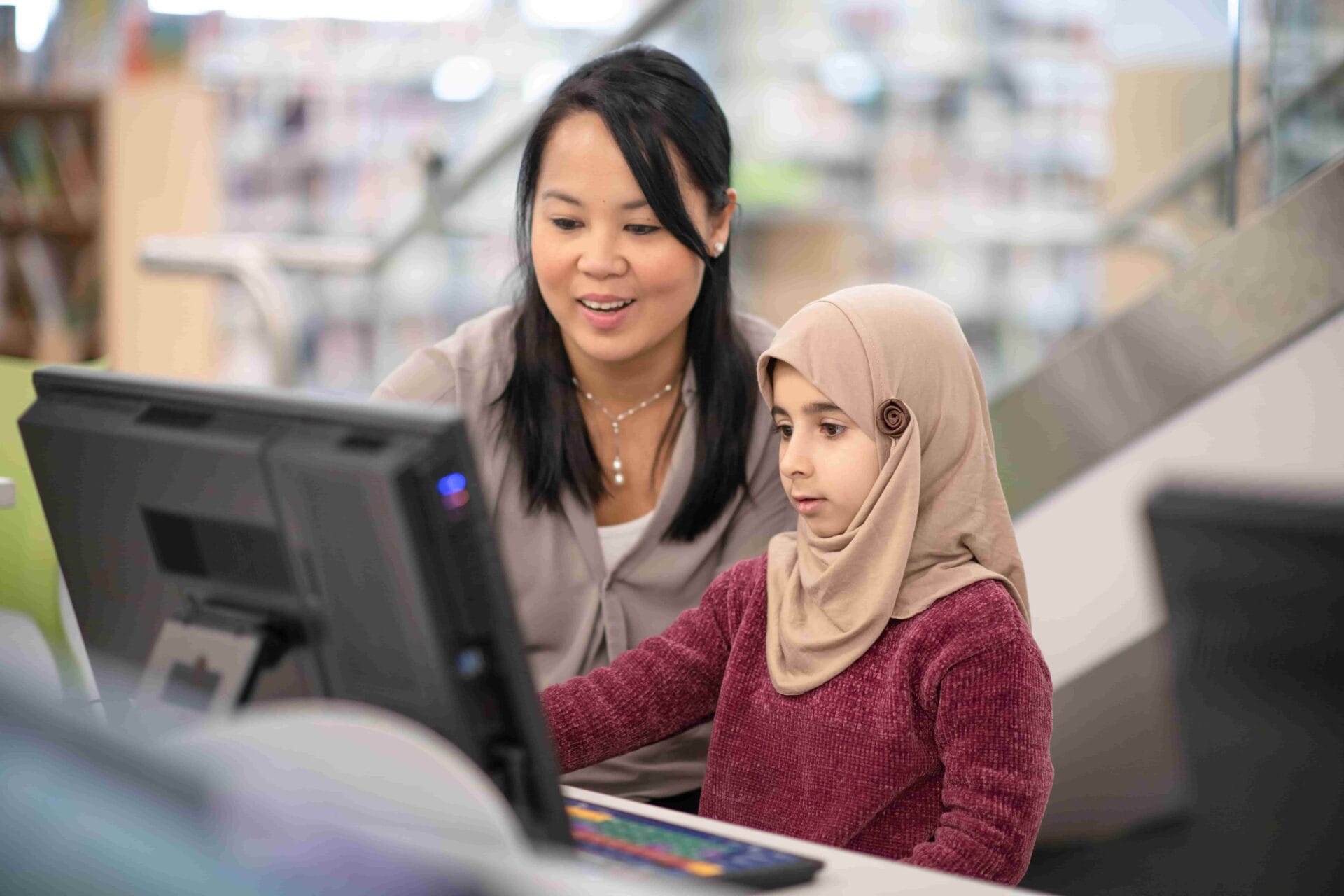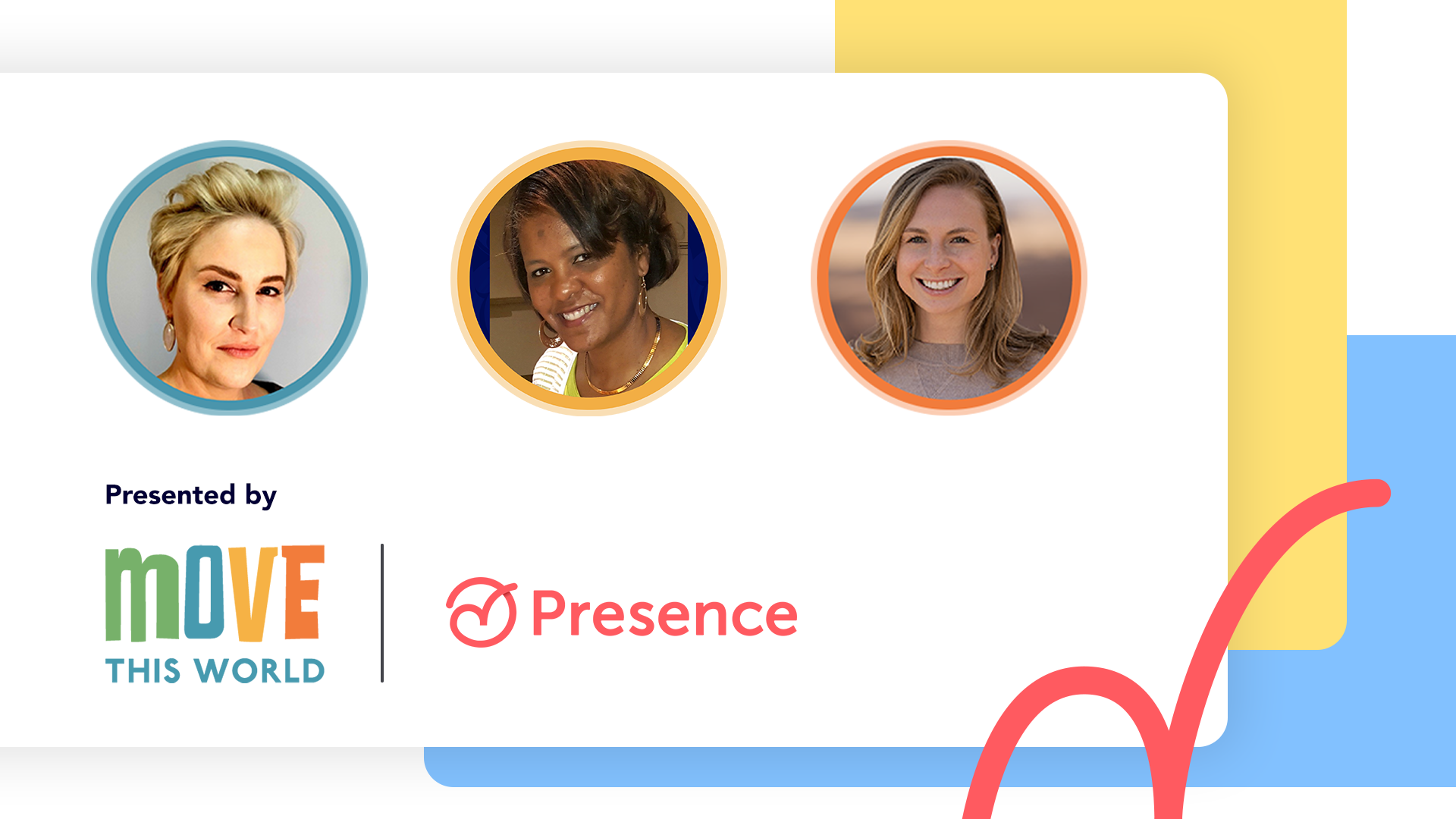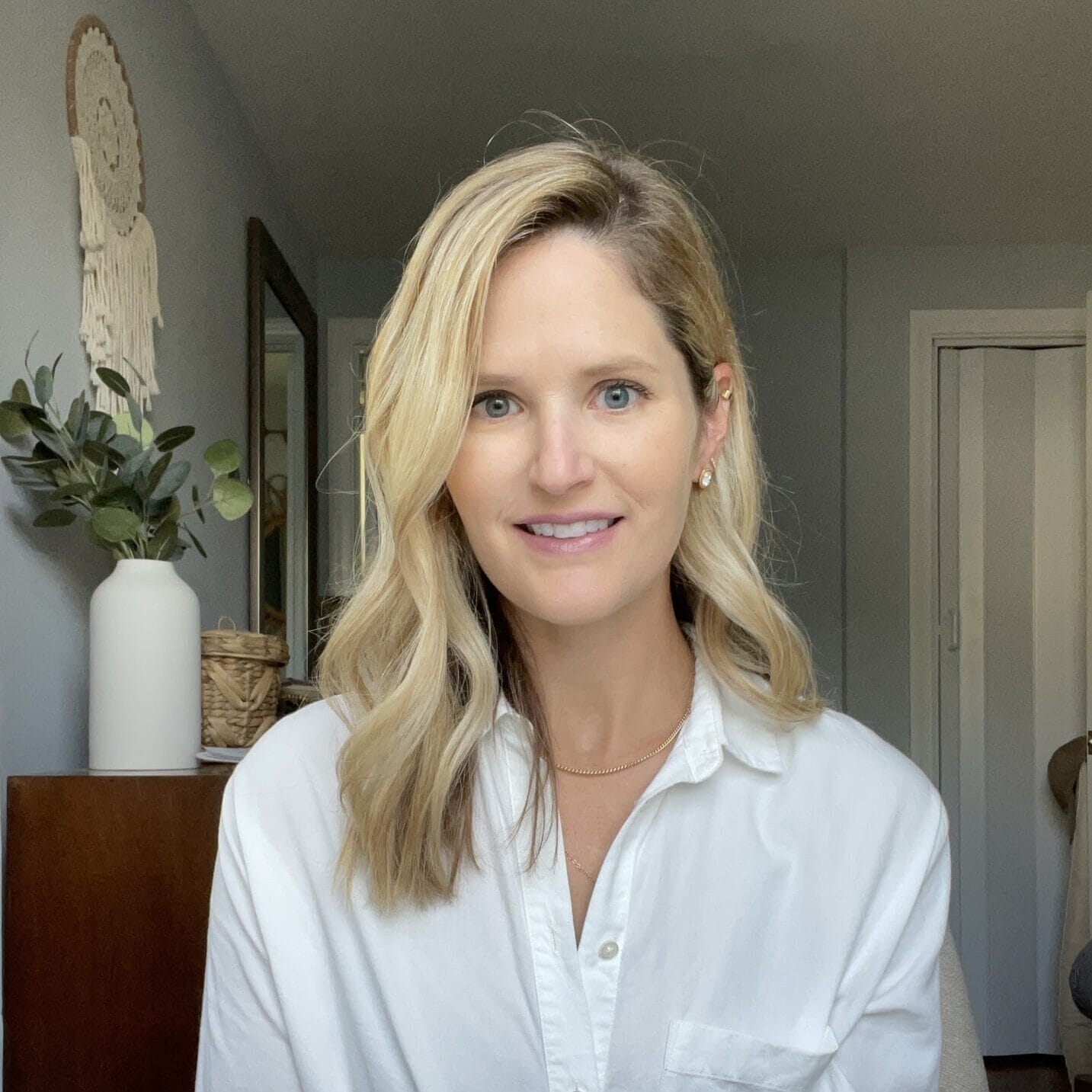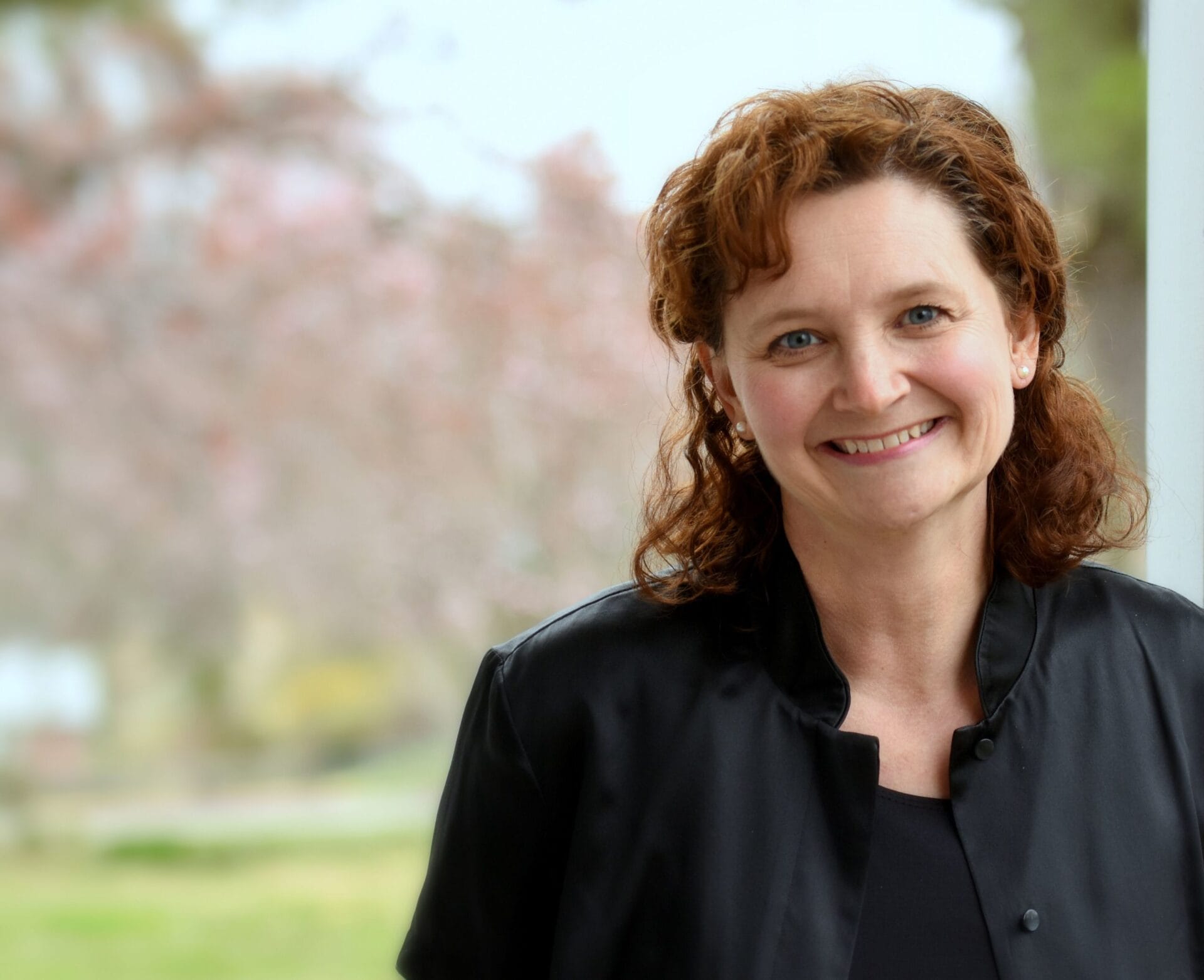The benefits of balance
Presence’s platform helps an SLP streamline her workday and boost student engagement
When the pandemic hit in 2020, Carmelita K., MS, CCC-SLP, adopted teletherapy as a means of staying in touch with her students despite stay-at-home mandates. The switch to online service delivery came with reservations, though: Would learning to use new technologies add more stress to the mix? And furthermore, did teletherapy for school-aged kids really work? Fortunately, Carmelita was in for a pleasant surprise.
Finding a fit
When selecting a teletherapy organization to partner with, Carmelita did her due diligence.
“I researched many companies. Presence had been in the business for 12 years and was highly regarded on social media websites. They offered the use of their curated library with a plethora of therapy materials and a variety of assessments. They checked all the boxes and fit my needs as a clinician.”
Carmelita K.
MS, CCC-SLP
As it happened, Presence was an effective match for her students, too.
“It amazed me how some of the children that I thought would not do well in teletherapy flourished. I worked with a little 3-year-old who was just diagnosed with autism. He was nonverbal, couldn’t be touched, and had no eye contact. I worked with this family via teletherapy for a whole year. The child just blossomed.”
When it comes to solving childhood developmental challenges, there are rarely “one-size-fits-all” solutions. Instead, children with diverse needs often benefit from personalized care.
“I found that one little guy with autism needed immediate feedback,” explained Carmelita. Using the award-winning Presence platform, she was able to tailor her teletherapy sessions with real-time positive reinforcement to support the student’s unique learning style.
“I like the fact that you have a button on the side that lets you give immediate animations and emoji rewards,” Carmelita said. “And the feature to be able to disable their mouse when they get click-happy is great. I use it when I need to get the kids’ attention. I find that to be very, very helpful.”
More room to breathe
Besides helping her provide more engaging teletherapy sessions, the Presence platform also helped Carmelita simplify her once time-consuming documentation process.
“I especially like the option to use the metrics and write SOAP notes right on the
platform,” Carmelita said. “The other piece that I found very helpful was the data collection capability—that you could just put in the information and it ticks off the actual percentage. You can write your notes in there and it all goes to the SOAP notes online. The platform is doing the calculations for me toward the goal. I don’t have to sit and write that whole piece out. It helps to streamline it.”
The efficient platform, paired with Presence’s flexible, remote scheduling, also made it easier for Carmelita to harmonize her lifestyle with work. Instead of embarking on a stressful slog to the clinic each morning, she now enjoys the opportunity to center herself and reflect with a pre-workday yoga workout.
“One of the best parts about remote therapy,” Carmelita said, “Is that the schedule is varied so I’m able to walk my dogs during breaks in my schedule, or complete a household chore in the middle of the day and not have to complete it all after a long day.”
Growing together
While the technical aspects of teletherapy took some getting used to, Carmelita said that Presence’s accessible Help Center and Provider Lounge made it a smooth sailing process overall. “I mentored with another clinician,” she added, “And we talked through things together. I have people now who are emailing me and saying ‘Hey, let’s meet so we can grow together…’ It helps a lot.”
“Carmelita K. has been a Presence provider since 2021. When she isn’t working with students, Carmelita enjoys spending time with her dogs and grandchildren in her home state of Illinois.”
Carmelita K.
MS, CCC-SLP
Looking for balance in your clinical career?
Click here to start your application →








